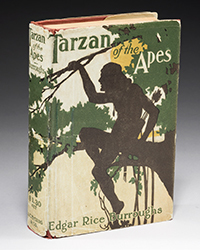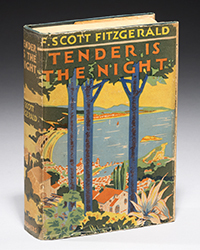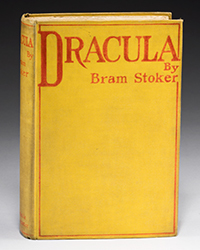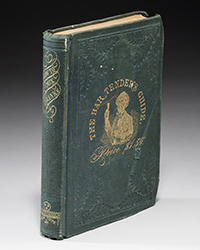Has a book from Shakespeare's library finally been found? William Shakespeare is undoubtedly the English language's greatest literary giant. We also know that many of his plays were based on earlier books he obviously read. How else could he know of events from before his time? And yet despite his obvious use of books, and the fact that there were no public libraries in the late 16th-early 17th century, not one book from his library has ever been identified. That is surprising, because in those days, people routinely wrote in and signed their books. Where did they go?
Canadian professor Robert Weir recently claimed to have found a book from Shakespeare's library. Weir is a professor in the Department of Languages, Literature and Cultures at the University of Windsor. He holds a PhD in Classical Archaeology from Princeton, although even such lofty qualifications does not mean his findings will not have their doubters. People have been searching for such a book literally for centuries and there have been some false alarms. Prof. Weir delivered a paper describing his findings before the Classical Association of Canada but it has not yet been published in a peer-reviewed journal. Expect some fireworks when it is.
The book is entitled Vincti Horatii Flacci Poemata, published in 1575. It is from the Roman poet Horace. There were a lot of editions of Horace published back in that time. Horace died around the year Zero, so he was making up for lost time waiting for the first printing press to arrive. This one doesn't appear to be notably valuable, unless, of course, it did once belong to Shakespeare. In that case, it is worth who knows how much. There are no comparables.
The book came to Prof. Weir in 2016. The owner had purchased it from an Oxford dealer in 2001. The owner wanted to see whether the Professor could tell him more about it. That set off the chain of research.
Since Shakespeare's name was not lettered on the binding, Dr. Weir had to look to annotations within the book. However, there was a problem, which, if he is right, would help explain why its history remained unknown for so long. In 1731, the book was washed. The annotations were virtually impossible to see. It was also trimmed, and if the original binding had Shakespeare's name on it, that is gone since it was rebound. In order to better see the annotations, Prof. Weir used ultraviolet light and digital enhancements. The result is what you see in the picture.
Dr. Weir found numerous annotations, and he had to sort through them as they came in several different hands. The book had been though numerous owners between its publishing date and 1731 when it was washed. He believes it may have had an owner prior to Shakespeare, and he theorized the first owner could have been Edward de Vere, 17th Earl of Oxford. That would be an interesting connection as some of those people who can't believe Shakespeare was capable of writing such works believe the actual author was de Vere.
The most obvious evidence are the apparent Shakespeare signatures and initials. Of course, someone else could have written them in the book later. Does this look like Shakespeare's signature? I will leave that to handwriting experts. He had a messy, inconsistent signature, hard to read. Perhaps these have a little more flourishes than those he had on official documents, but one might add a bit more of that when writing in a book than on a will. There are enough similarities for an amateur such as myself to say “maybe.”
The other factor that Weir thinks may weigh even more heavily is that annotations frequently appear at sections that Shakespeare is known to have borrowed from Horace. Weir says, “Everything Shakespeare borrowed from Horace is annotated herein.” He believes it unlikely that anyone else would have annotated so many passages specifically used by Shakespeare. While it is possible that one of the later owners marked passages as being ones used by Shakespeare, Weir notes that there wasn't much Shakespeare scholarship prior to the washing in 1731, making that explanation unlikely.
We do not yet have a definitive answer and I imagine it will be a long time before we do, if ever we do. There will undoubtedly be a lot of research and a lot of debate in the years ahead before any kind of a consensus is achieved.


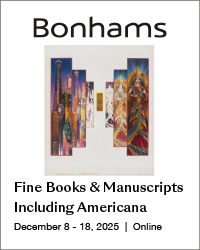

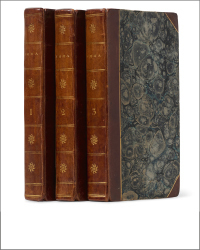
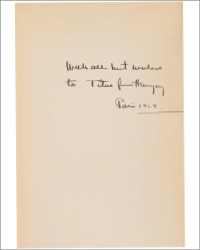
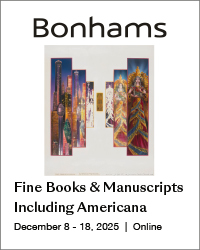
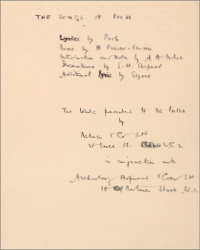

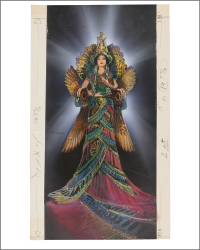
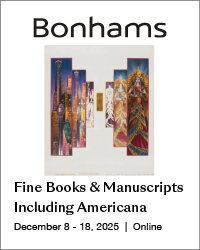
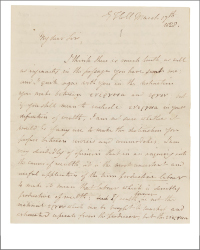
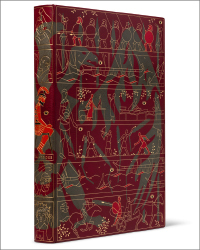
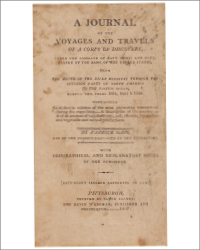
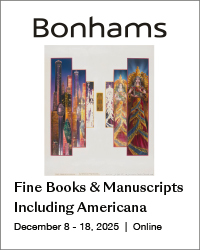

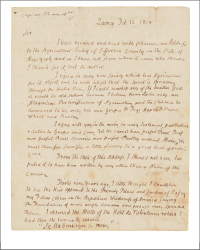

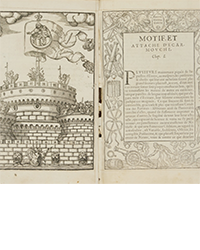
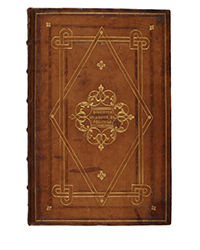
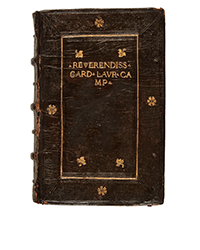
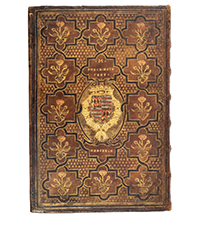
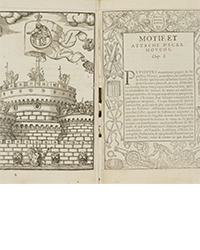

![<b>Sotheby’s, Dec. 16:</b> [Austen, Jane]. A handsome first edition of <i>Sense and Sensibility,</i> the author's first novel. $60,000 to $80,000. <b>Sotheby’s, Dec. 16:</b> [Austen, Jane]. A handsome first edition of <i>Sense and Sensibility,</i> the author's first novel. $60,000 to $80,000.](https://ae-files.s3.amazonaws.com/AdvertisementPhotos/9a74d9ff-42dd-46a1-8bb2-b636c4cec796.png)
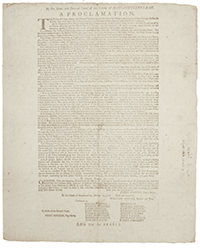
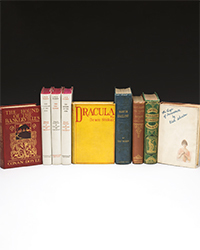
![<b>Heritage, Dec. 15:</b> John Donne. <i>Poems, By J. D. With Elegies on the Author's Death.</i> London: M[iles]. F[lesher]. for John Marriot, 1633. <b>Heritage, Dec. 15:</b> John Donne. <i>Poems, By J. D. With Elegies on the Author's Death.</i> London: M[iles]. F[lesher]. for John Marriot, 1633.](https://ae-files.s3.amazonaws.com/AdvertisementPhotos/8caddaea-4c1f-47a7-9455-62f53af36e3f.jpg)
